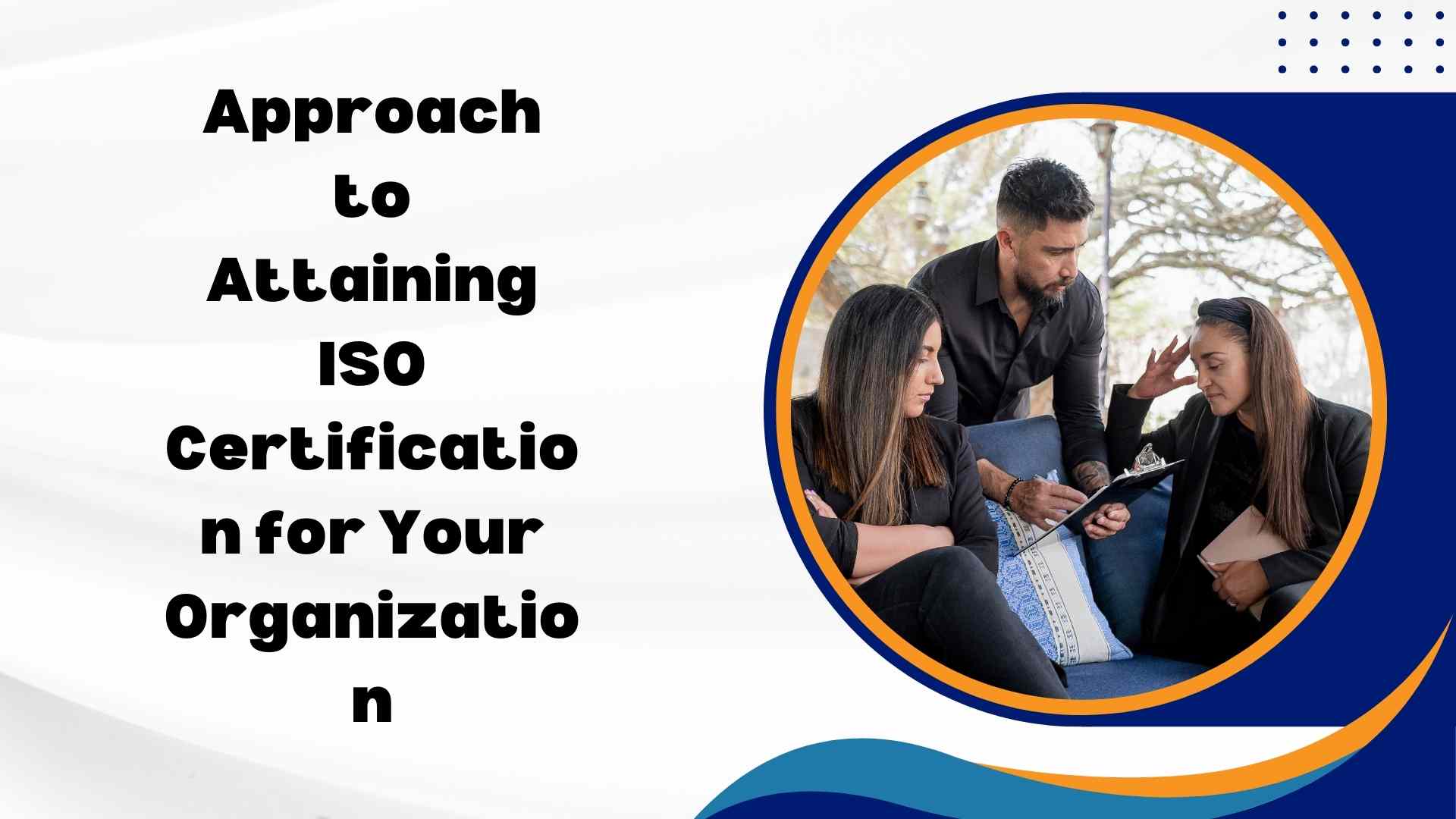ISO certification is a prestigious acknowledgment that your organization meets international standards for quality, efficiency, and excellence. Achieving ISO Certification can significantly benefit your organization by enhancing its reputation, improving operational efficiency, and opening new market opportunities. This comprehensive guide will walk you through the detailed process of obtaining ISO certification, ensuring that you understand each step thoroughly and can navigate the process effectively.
Understanding ISO Certification
ISO certification is an official recognition that an organization’s processes, products, or services conform to international standards set by the International Organization for Standardization (ISO). Various ISO standards address different aspects of organizational performance, such as quality management, environmental management, and information security. Common ISO standards include:
-
ISO 9001: Quality Management Systems
-
ISO 14001: Environmental Management Systems
-
ISO 45001: Occupational Health and Safety Management Systems
Steps to Achieve ISO Certification
1. Determine the Relevant ISO Standard
-
Identify Your Needs: Determine which ISO standard aligns with your organization’s goals and requirements. Each standard addresses specific aspects of business operations and management.
-
Understand the Requirements: Obtain and review the ISO standard relevant to your organization. This will help you understand the specific requirements and expectations that need to be met.
2. Prepare Your Organization
-
Develop a Project Plan: Create a detailed project plan outlining the steps required to achieve certification. This should include a timeline, milestones, and assigned responsibilities.
-
Establish a Project Team: Form a dedicated team responsible for managing the ISO certification process. This team should include members from various departments to ensure a comprehensive approach.
-
Allocate Resources: Ensure that adequate resources, including time, personnel, and budget, are allocated to the certification project.
3. Conduct a Gap Analysis
-
Evaluate Current Practices: Perform a thorough assessment of your current processes, policies, and practices. Compare these with the ISO standard’s requirements to identify gaps and areas for improvement.
-
Document Findings: Create a gap analysis report detailing the discrepancies between your current practices and the ISO requirements. This report will guide your efforts in making necessary improvements.
4. Implement Necessary Changes
-
Develop and Document Policies: Create or update policies, procedures, and documentation to align with the ISO standard. Ensure that these documents reflect best practices and comply with ISO requirements.
-
Train Your Team: Conduct training sessions for your employees to familiarize them with the new policies and procedures. Ensure they understand their roles and responsibilities in maintaining compliance.
-
Establish a Management System: Set up a Management System that incorporates ISO standards into your organizational processes. This includes implementing new practices, tools, and systems to support compliance.
5. Conduct Internal Audits
-
Plan Internal Audits: Schedule regular internal audits to evaluate your organization’s adherence to the ISO standard. These audits help identify any non-conformities and areas needing improvement.
-
Perform Audits: Conduct the internal audits according to the planned schedule. Ensure that auditors are objective and thorough in their assessments.
-
Address Non-Conformities: Review audit findings and implement corrective actions to address any identified issues. Document these actions and monitor their effectiveness.
6. Select a Certification Body
-
Research Certification Bodies: Identify and research accredited certification bodies that can perform the certification audit for your organization. Ensure they are recognized by the relevant authorities.
-
Apply for Certification: Apply to the chosen certification body. Provide all required information and documentation to initiate the certification process.
7. Certification Audit
-
Prepare for the Audit: Ensure that all documentation, processes, and personnel are ready for the certification audit. Address any remaining issues identified during internal audits.
-
Undergo the Audit: The certification body will conduct a comprehensive audit to assess your organization’s compliance with ISO standards. The audit will include document reviews, interviews, and observations.
-
Respond to Audit Findings: If the auditors identify any non-conformities or areas for improvement, promptly address them. Implement corrective actions and provide evidence of resolution to the certification body.
8. Receive Your ISO Certificate
-
Certification Decision: After the audit, the certification body will review the findings and make a decision regarding your certification. If successful, you will receive your ISO certificate.
-
Celebrate and Promote: Use your ISO certification to enhance your organization’s credibility and marketability. Promote your achievement to stakeholders, customers, and partners.
9. Maintain Your Certification
-
Ongoing Monitoring: Continuously monitor your processes and systems to ensure ongoing compliance with ISO standards. Implement regular reviews and updates as needed.
-
Prepare for Surveillance Audits: Certification bodies conduct periodic surveillance audits to ensure continued adherence to ISO standards. Prepare for these audits by maintaining robust processes and addressing any issues promptly.
Tips for a Successful Certification Process
1. Stay Organized: Keep all documentation, records, and correspondence related to the ISO certification process well-organized. This will help ensure smooth communication and efficient management.
2. Communicate Effectively: Maintain clear and open communication with your project team, employees, and the certification body. This helps in addressing issues quickly and ensuring everyone is aligned with the certification goals.
3. Seek Expert Advice: If needed, consult with ISO experts or consultants who can provide guidance and support throughout the certification process.
4. Focus on Continuous Improvement: ISO certification is not a one-time achievement but an ongoing commitment to excellence. Continuously seek ways to improve your processes and systems to maintain and enhance compliance.
Note: You can also Apply for ISO 9001 Certification from our website
Conclusion
Attaining ISO certification is a significant achievement that can greatly benefit your organization by improving quality, efficiency, and credibility. By following this thorough approach and adhering to the steps outlined, you can navigate the certification process effectively and achieve your certification goals. Remember that ISO certification is an ongoing journey, and maintaining compliance requires continual effort and dedication. For the most accurate and current information, always refer to the official ISO guidelines and consult with certification bodies and experts as needed. With careful planning, preparation, and execution, your organization can successfully achieve and maintain ISO certification, paving the way for future success and growth.
